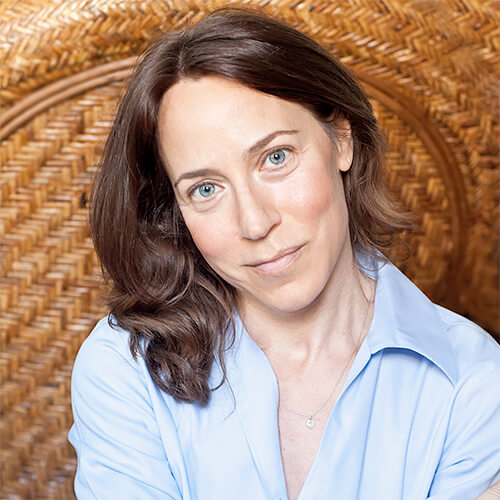Lauren is a freelance photographer, and former attorney, based in New York City. Her street photography has received several awards and has been exhibited at various venues around the world, including: "The Fence" at Photoville, NYC; the Museum of the City of New York, NYC; Arsenal Gallery in Central Park, NYC; PhotoLeiden, The Netherlands; Gudberg Nerger Gallery, Hamburg, DE; and the Center For Fine Art Photography, HistoryMiami Museum, and Rayko Photo Center, in the US. Her work and interviews have been published in a variety of publications, including PDN Online; ViewFind; CBS News; New Yorker Magazine; Slate Magazine; All-About-Photo.com; Il Repubblica; YourDailyPhotograph.com; Desert Leaf Magazine; Rangefinder Magazine, World Photography Organization, the Phoblographer, Street Photography Magazine, and the Hamburg Journal.
Lauren takes candid photos of people in her surroundings. Her only prerequisite is that each photo tell its own story—one that changes with each viewer.
Find out more about the project Coney Island in this article